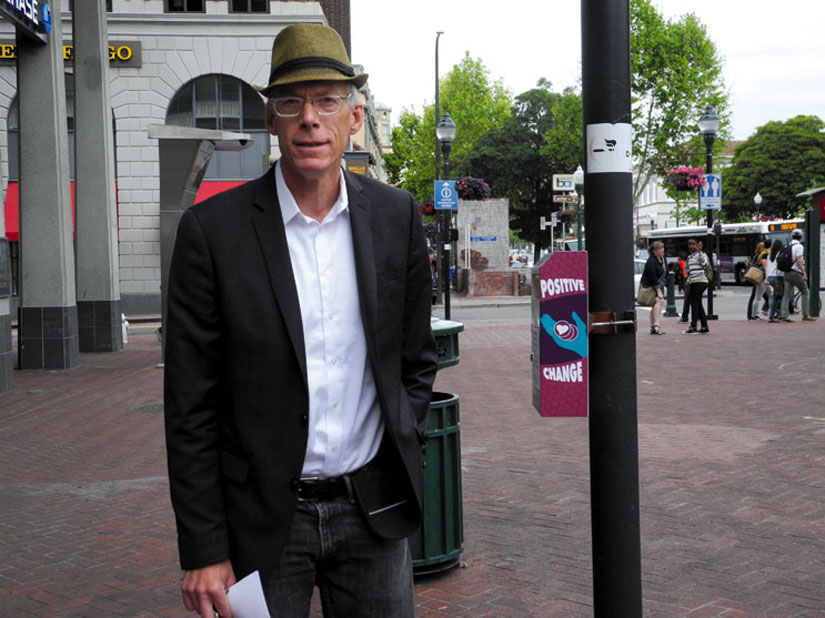by Carol Denney
The “Berkeley Cares” voucher program was launched in 1992. The vouchers came in designations of 25 cents and theoretically could be used for grocery, laundry and transportation expenses. The purchase of alcohol and cigarettes was prohibited.
The public was supposed to buy them at participating merchant stores or the Health and Human Services Department and hand them to panhandlers instead of real money.
Except that lots of stores wouldn’t take them and redeeming them through the city was a pain. Cash drawers and counters had no space for them or their explanatory displays. The vouchers themselves were flimsier than real money, tore easily, and were hard to manage since each one was only worth a quarter.
Cities that adopted “Berkeley Cares” vouchers as a model have all ended their programs for the same reason Berkeley did: It didn’t work.
My favorite “Berkeley Cares” moment came when the University of California’s Milton Fuji arranged a presentation on “Berkeley Cares” for a southside neighborhood coalition and asked a local homeless woman to explain the program to the group.
The woman was gracious, clear in her presentation, and thorough enough to mention that she couldn’t seem to get stores to honor the vouchers for diapers for her child, or formula. As she listed the many things she couldn’t use vouchers for — basic things which any mother might need — Fuji’s face went bright red.
What she unintentionally made clear in her presentation that day was what everybody eventually and quietly agreed by ending the program: nothing works like money.
Voucher programs get brassy New York Times coverage until they fail, and when they fail, they fail in quiet obscurity. The big brass band has gone home.
The Downtown Berkeley Association is still reeling from the viral video of one of its “ambassadors” beating up a homeless man while another “ambassador” offered no objection.
But it apparently still thinks it is the best steward of four cash boxes planted around downtown, the keys to which will no doubt be in the pockets of the same “ambassadors” whose training video didn’t manage to clarify to them that they can’t just beat people up.

The Downtown Berkeley Association’s CEO, John Caner, neglected to mention in his press release that San Diego, one of the cities mentioned in his press release as also having “Positive Change” boxes, has committed to Housing First as a strategy.
Housing First—San Diego is a three-year homelessness action plan developed by the San Diego Homeless Commission in November 2014.
Housing First—San Diego plans to renovate the the historical Hotel Churchill to create 72 affordable studios for homeless veterans and youth aging out of the foster care system. It will also award $30 million over the next three years to create permanent supportive housing that will remain affordable for 55 years.
The San Diego plan will also commit 1,500 federal housing rental vouchers and invest up to $15 million from the federal “Moving to Work” program to provide housing for homeless individuals and families. Finally, it will dedicate 25 units of the Homeless Commission’s own units to provide transitional apartments for homeless individuals and families.
The success of San Diego’s commitment to ending homelessness, if it comes, may have a little more to do with the programs listed above than the spare change from “Positive Change” cash boxes as filtered through the dubious hands of the Downtown Berkeley Association.
